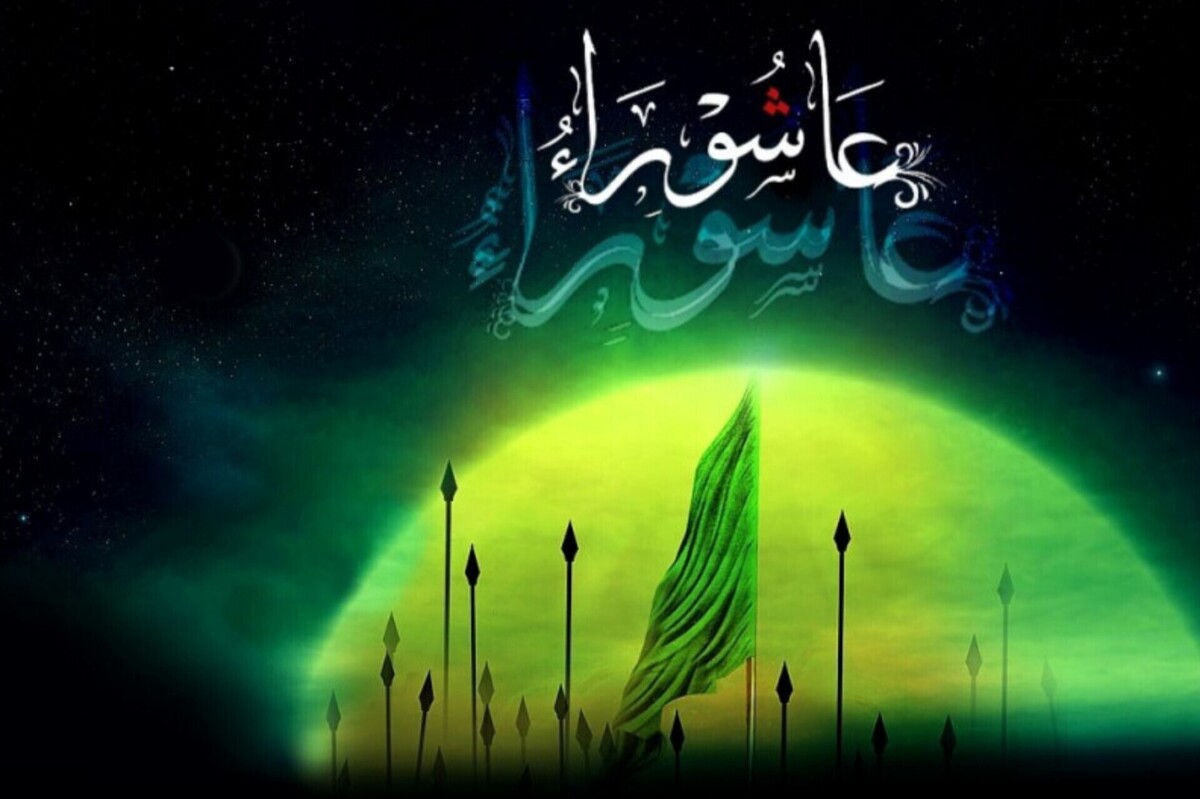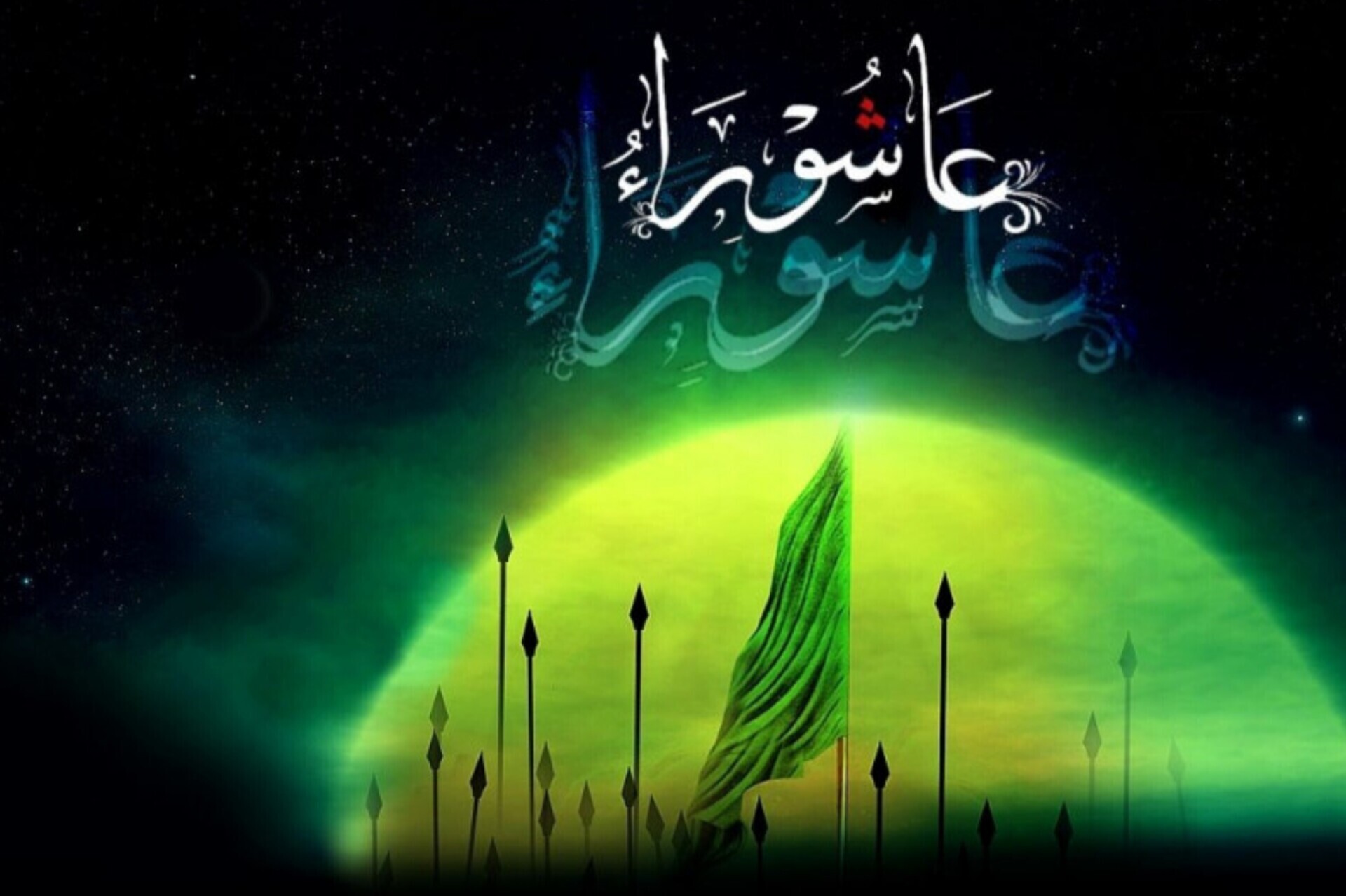Film Producer Highlights Ashura’s Relevance to Modern Storytelling, Resistance


The tragedy of Ashura is not merely a historical event but an enduring symbol of truth-seeking, resistance to oppression, and human dignity. Its profound themes offer rich material for dramatic, philosophical, and civilizational exploration in cinema, theater, and television. Yet, despite its narrative potential, few high-quality, cohesive, and lasting works have been produced on the subject.
In an interview with IQNA, Nasser Shafaq, an experienced film and television producer and founder of the Revolution and Sacred Defense Cinema Association, discussed the untapped potential of Ashura in performing arts, the revival of “resistance cinema,” and the intersection of culture and economics.
When asked about the most compelling ways to approach Ashura in visual storytelling, Shafaq said, “Ashura is not just a historical event—it represents the ultimate confrontation between truth and falsehood, good and evil. Its themes of sacrifice, integrity, and resistance make it one of the richest sources for dramatic storytelling in our cultural history.”
He noted that the famous saying “Every day is Ashura, every land is Karbala” transforms the event into a timeless and universal framework for depicting human and social struggles.
“Ashura can serve as a model for artistic productions, not just in Iran but globally.”
Shafaq drew parallels between Ashura and current geopolitical struggles, particularly in the Middle East.
“What we see today—especially the oppression in Palestine and elsewhere—mirrors the historical battle between tyranny and justice seen in Ashura. The crimes committed by the Zionist regime and the US against oppressed nations are a continuation of this age-old conflict.”
Read More:
He also highlighted the ambiguity of power dynamics, comparing historical figures like Umar ibn Sa’ad and Yazid to modern political relationships. “Just as it was unclear who truly held power then, today we see the same uncertainty in US-Israel relations or Europe’s stance on oppression. These complexities can form the basis of powerful narratives.”
Shafaq lamented missed chances to present Ashura’s cultural and civilizational dimensions to a global audience.
“The 1980s and 1990s were the perfect time for Iran to leverage its cultural influence,” he said. “Our civilization spans Tajikistan, Afghanistan, Pakistan, Iraq, and beyond—regions with deep cultural ties to Iran. Yet, due to poor planning and lack of investment, we failed to produce impactful works that could resonate worldwide.”
When asked whether filmmakers should focus on direct retellings of Ashura or modern allegories, Shafaq advocated for a balanced approach.
“Contemporary narratives resonate more with today’s audiences because they reflect current struggles,” he explained. “But they must remain rooted in Ashura’s core values—truth, love, freedom, and resistance.”
Read More:
He suggested creative parallels, such as linking the Yazid army's denying water to Imam Hussein (AS) and his companions in Karbala to the Israeli regime's denying of water to Palestinians in Gaza. “Art’s beauty lies in connecting diverse experiences into a unified message, keeping the essence of Ashura alive in today’s context.”
He went on to say that Ashura’s narrative remains a potent source for artistic expression, blending historical depth with contemporary relevance.
“However, realizing its full potential requires strategic investment, creative vision, and a commitment to universal storytelling,” Shafaq stated.
“We must move beyond superficial portrayals and create works that speak to both our heritage and the world,” he urged.
4292503



